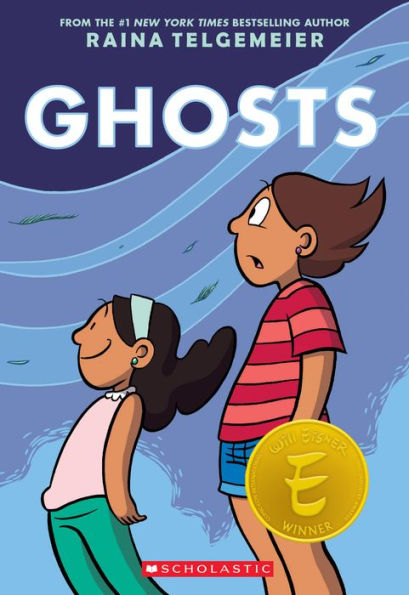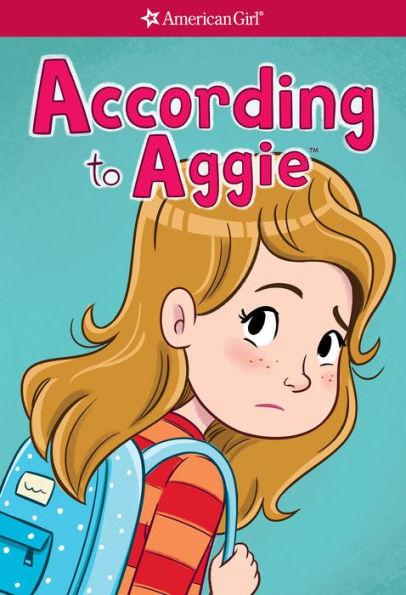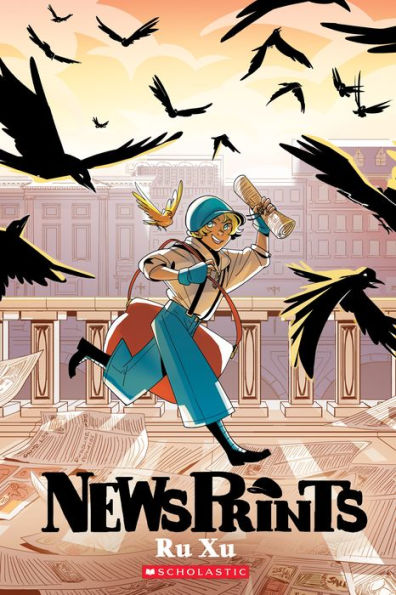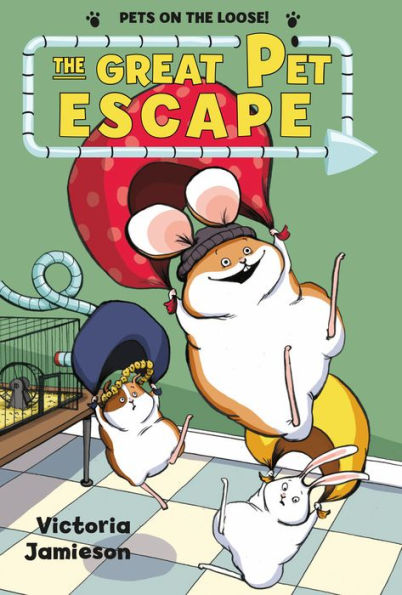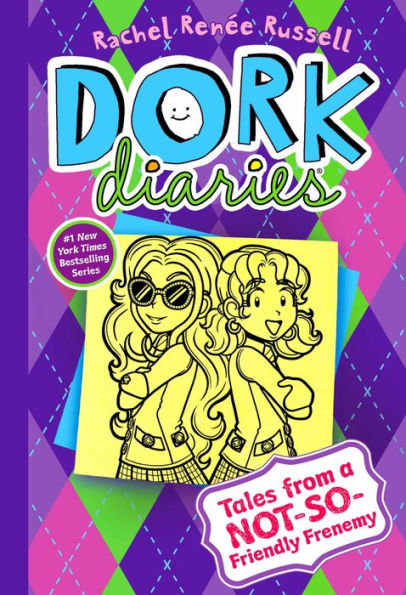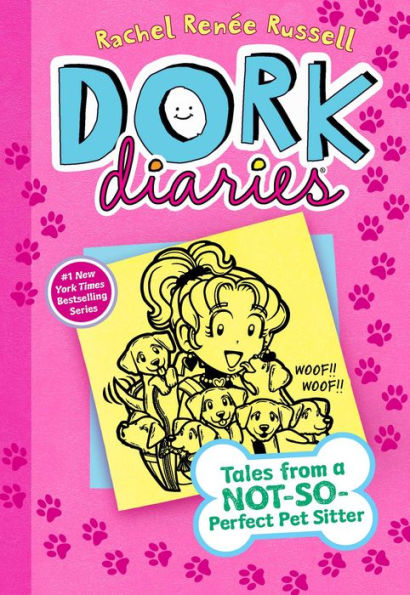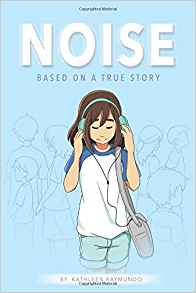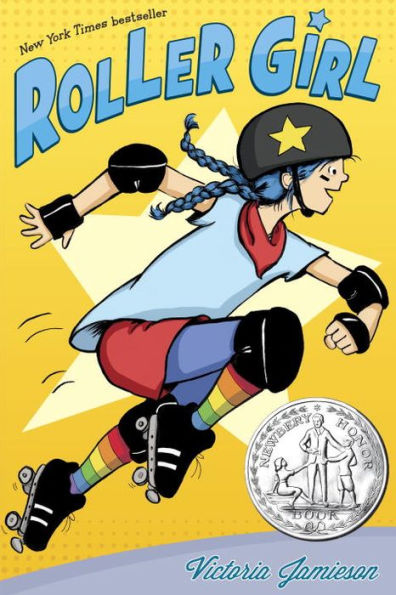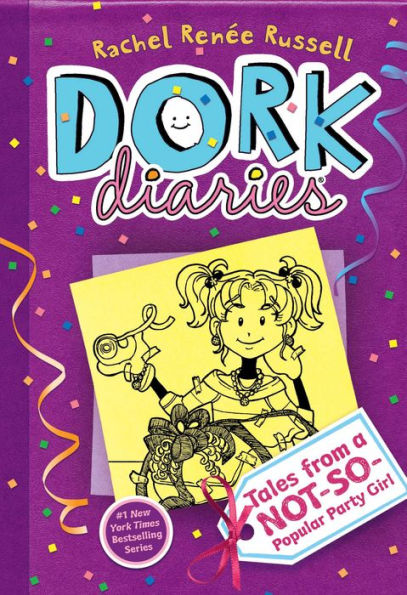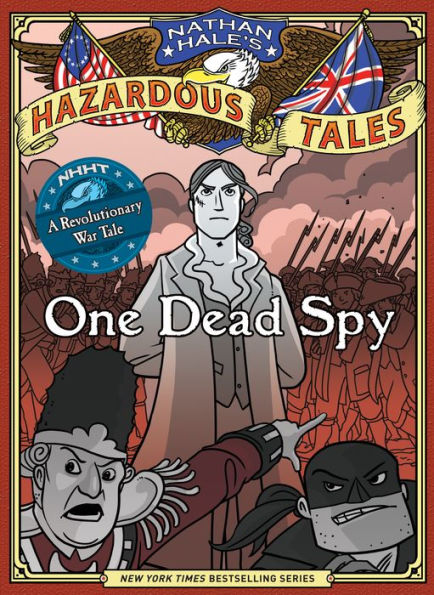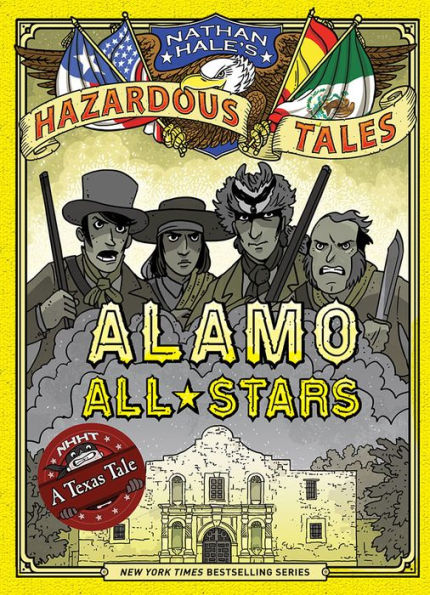Caterina doesn’t want to move. But moving to the coastal town Bahia de la Luna, with its cool, salty air, will help her little sister Maya’s cystic fibrosis. When the two sisters start exploring their new home, they meet their neighbor, Carlos. According to Carlos, Maya isn’t the only one that likes the cool, salty air—so do the ghosts who visit Bahia de la Luna.
As the town prepares for El Día De Los Muertos, Maya is determined to meet a ghost. But Cat doesn’t want to have anything to do with the celebration, and she certainly doesn’t want to meet a ghost. Will Cat be able to put aside her fears? Will Maya fulfill her dream of a ghostly encounter?
Ghost focus on Cat’s fear of losing her sick sister, who has cystic fibrosis. The story shows Maya’s treatments in a fun, illustrated format. Even though Maya is sick, she remains adventurous and inquisitive. Maya is curious about what will happen to her after death.
The beautiful color pictures help tell Cat’s story. Cat is also fearful of the ghost and wants them to leave her family alone. Cat doesn’t want to learn about the Día De Los Muertos or think about her sister’s illness. The illustrations portray Cat’s varied emotions—fear, worry, embarrassment, and love. Even though Cat’s fear is a central part of the story, the ghosts are not portrayed in a frightening manner.
This easy-to-read story gives readers a glimpse into the life of someone with cystic fibrosis. The traditions of Día De Los Muertos come alive through the illustrations. For readers who want to learn more, the end of the book contains more information about Día De Los Muertos and cystic fibrosis.
Ghost is a simple story told through both illustrations and text. Each page contains seven or fewer sentences. The easy vocabulary, simple sentences, and fun pictures make Ghost accessible to all readers. The story contains some Spanish words, but most readers will be able to understand the meaning through context clues. The message and the plot will be interesting for readers in elementary and junior high.
Sexual Content
- Cat kisses a boy on the cheek.
Violence
- None
Drugs and Alcohol
- None
Language
- “Oh my gosh” is used several times.
Supernatural
- The story focuses on the Day of the Dead. “It’s a day to welcome back the spirits of the loved ones we’ve lost.”
- The town’s mission is “a doorway to the spirit world.” Later in the story, someone takes Maya and her sister to the mission because “It’s where the ghosts’ world and ours most closely overlap. . . so heading up there is our best chance of making contact.”
- When Cat and Maya see a ghost, the ghost hurts Maya because “ghosts just get a little overly excited by kids. Their energy is like a breath of fresh air.”
- On the day of the dead, ghosts come to the town and interact with the living. “Some of them can speak, and some of them can’t.” One of the ghosts grabs Cat’s hand and flies her home.
- A character thinks that “keeping seashells in your house is bad luck. . . unless you want to lure the discontented dead.”
- At the end of the story, traditional Mexican foods magically appear on Cat’s family’s table.
Spiritual Content
- None
